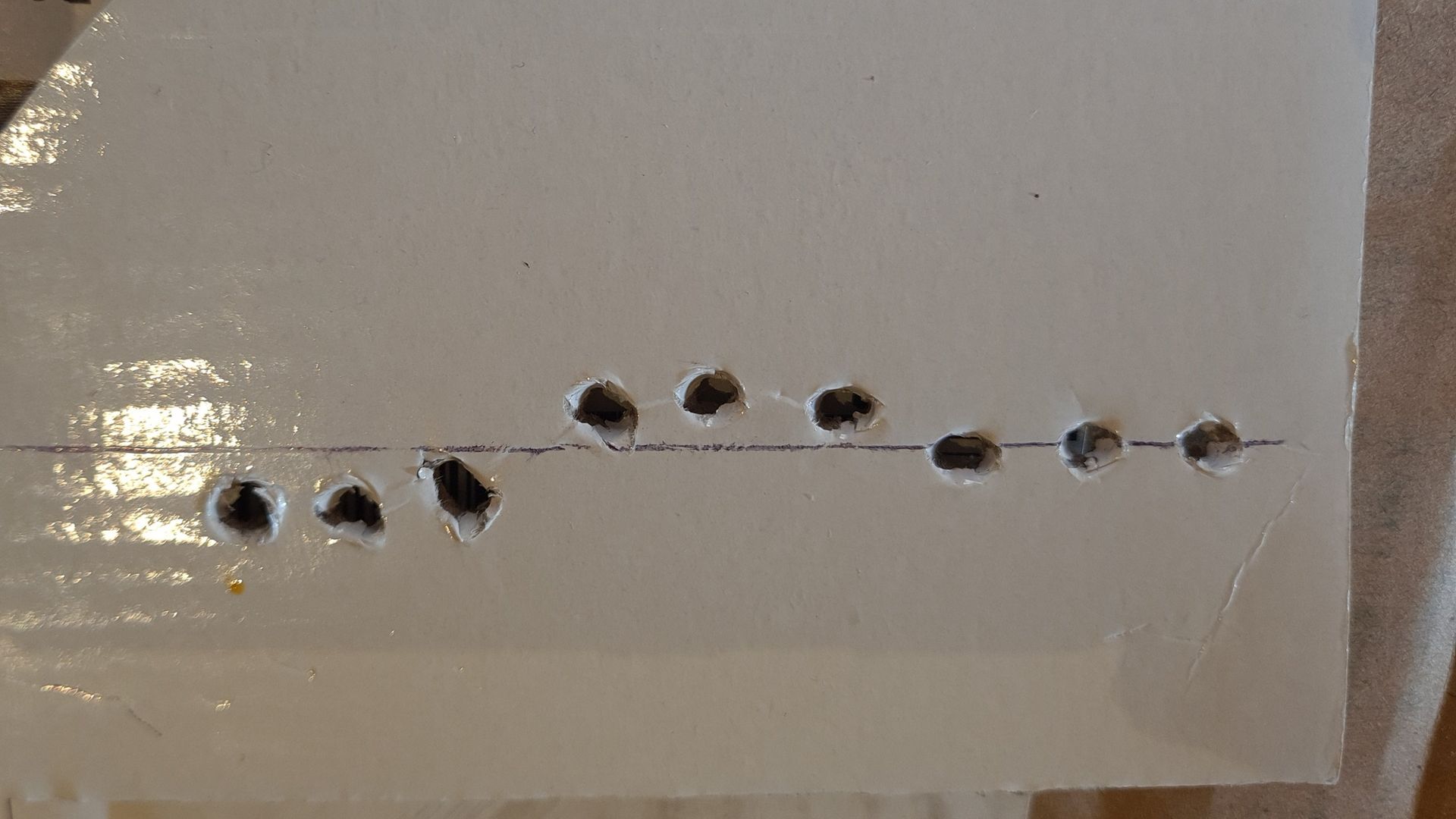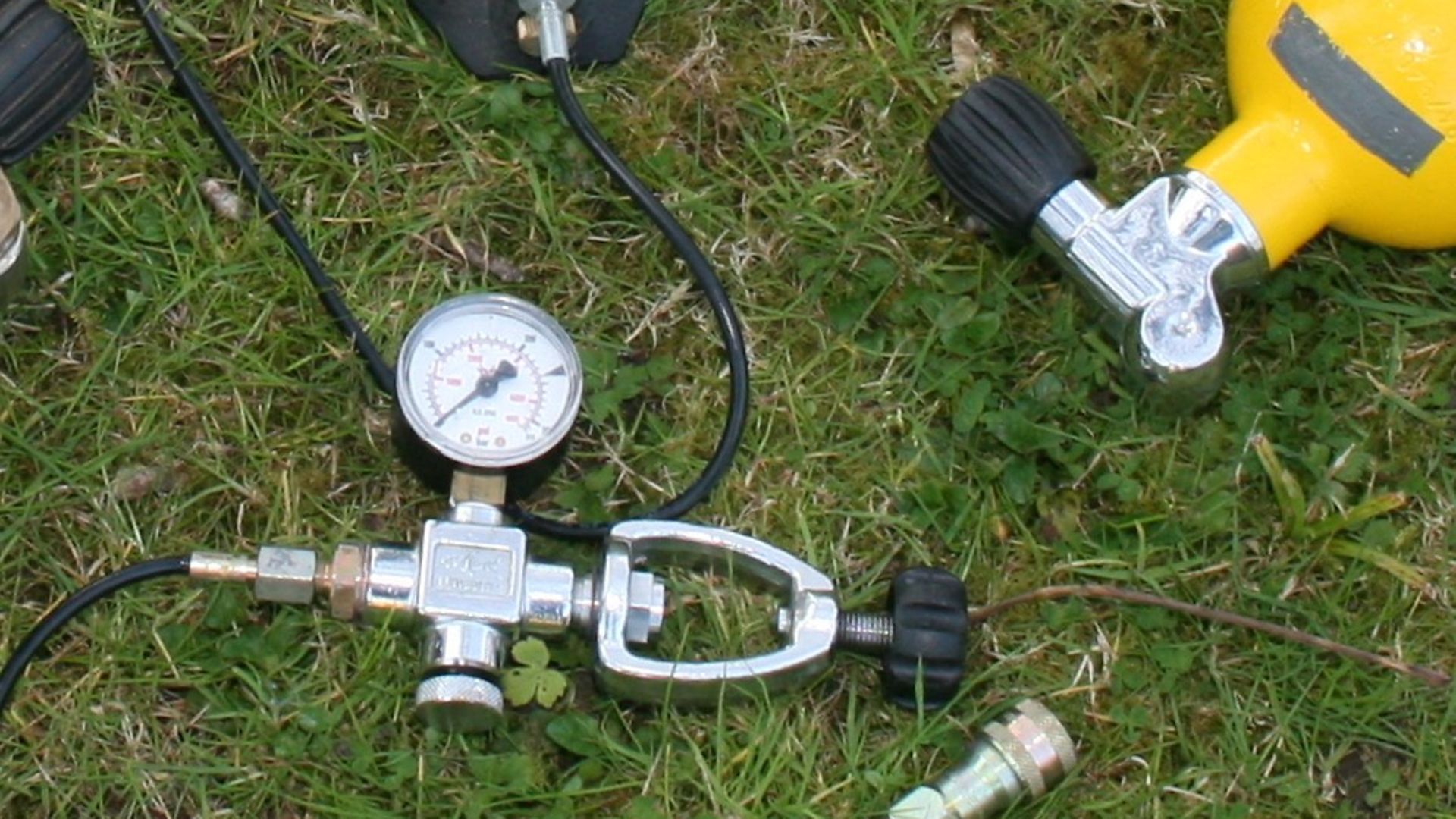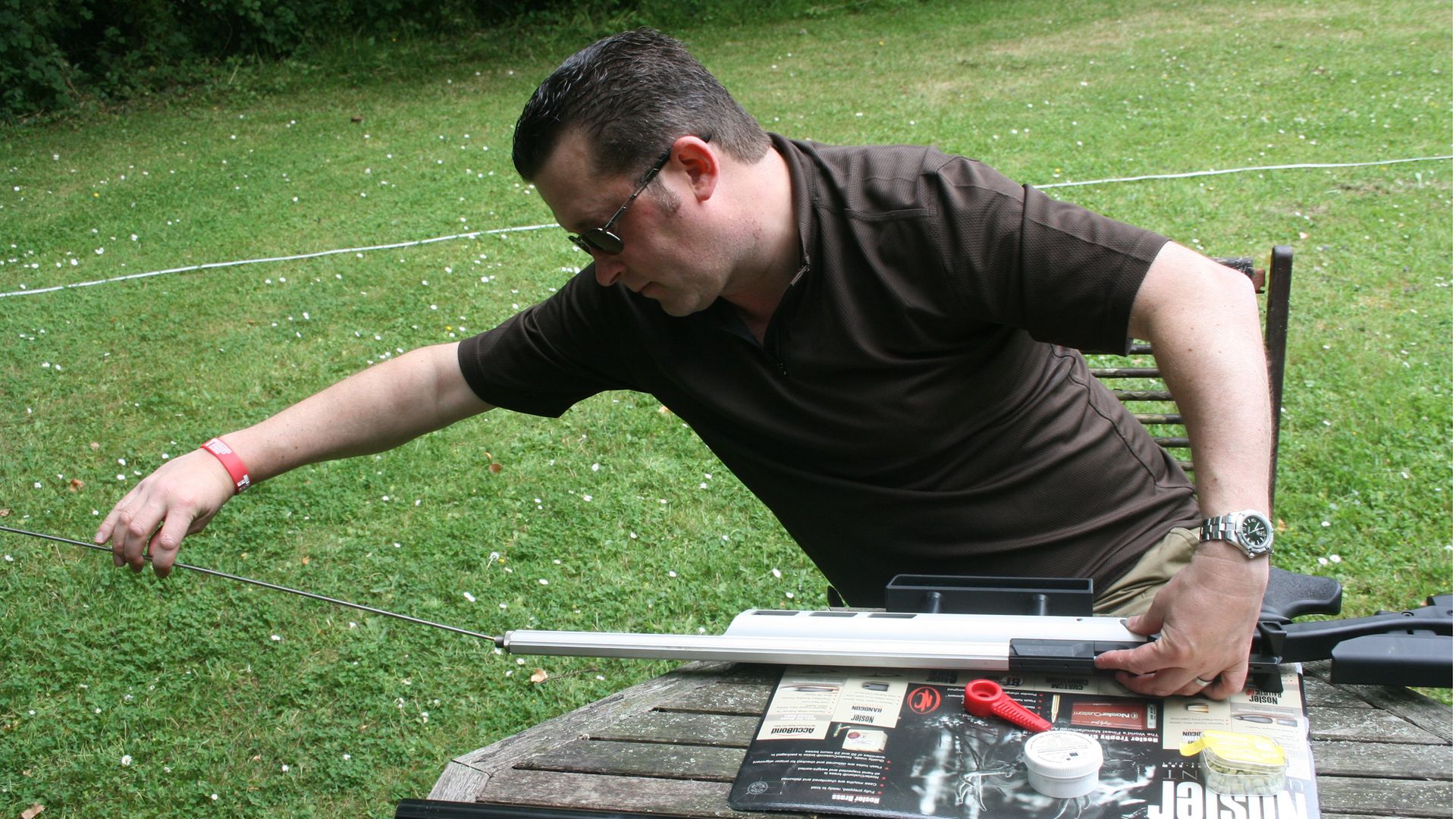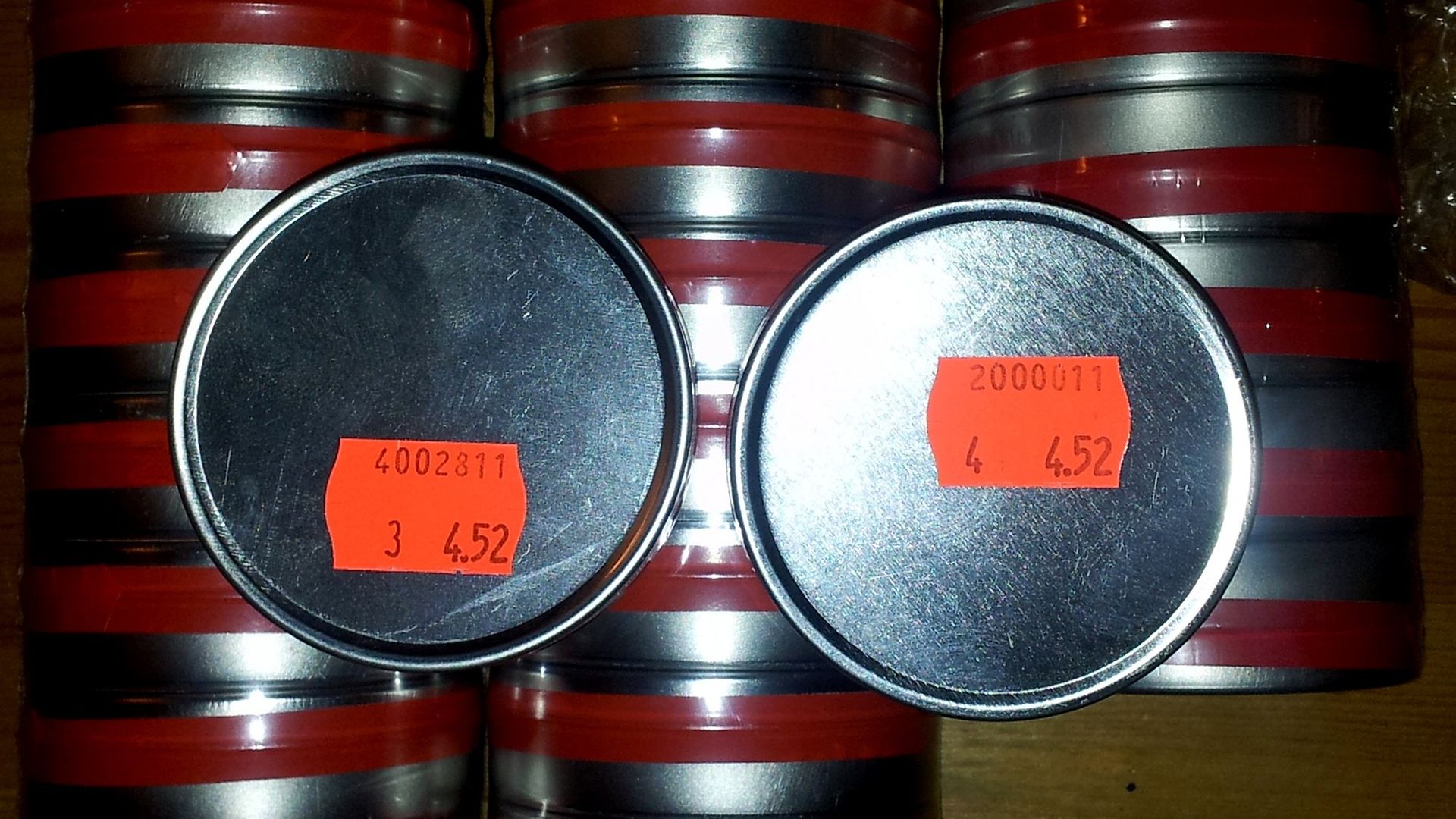Gary Chillingworth explains how simple things can affect a day’s shooting, and lists 10 things to check if your day out with the rifle isn't going to plan!
Now, let’s be honest, we have all been to shoots where we have turned up expecting to do well and it’s all gone wrong. On the plinking range and in practice, it’s all great, but when we get to the shoot, it feels like the scope is on backwards and the pellets are made from liquorice, and no matter what we do, the targets won’t go down. I know this from personal experience at the moment, because I am in the shooting wilderness, and as all my mates are getting better, I can’t shoot for toffee. The annoying thing is, on my home range I am awesome – pellet on pellet, and I can’t miss a kneeling shot, but the minute I get on the course, it all goes to pot. What could be happening and why do I suck all of a sudden? The first thing that we need to rule out are gun issues, so let’s work through our gun and scope and see what’s going on.
1) Check the zero
The first thing is to check the zero on the rifle. You will need a few bits of card and a range to do this on. Take your card and draw vertical and horizontal lines and wait for a day where there is very little wind. If you can, use an anemometer to check that the wind is constant at 15, 30 and 40 yards. Shoot your zero and check that you are hitting pellet on pellet – use a rest if you have one, or a better shooter. If your zero is good, then check that the pellets are still hitting on their correct aim points. Test the rifle from 8 to 45 yards and make sure that all the strikes on the paper match up with what you have on your range card.
Remember, in the winter, a rifle will act differently to the way that it does in the summer. Also, check that the pellets are all hitting on a vertical line from 8 to 45 yards. If they hit to the right at 8 and left at 45 yards, for example, the scope may be twisted (crossover) and will need to be re-zeroed. Also, check that when you shoot, the rifle is upright and not canted. On the range, you can use a bubble to help you do this.
 credit: Archant
credit: Archant
2) Chronograph your rifle
The next thing is to chronograph your rifle – has the power dropped or increased? A change of 20fps will alter the flight of the pellet. Most gun shops will have a chrono’ you can use (at a cost) and you can buy a cheap chrono’ from eBay for under £20, but I would recommend a LMBR R2a from JS Ramsbottom. It’s a great chrono’ – and you can place them downrange for testing. Know what speed you like to shoot at and test the rifle when it’s cold and hot. Is your gun affected by temperature?
3) Is everything tight?
Check that everything is right and tight. Check the scope – are all the mounts nice and tight? Check the top caps of the mounts and the bolts that clamp the scope to the rail. If anything is loose, then nip it up and then check the zero – any messing with the bolts may cause zero shift. Another thing to check is the fast focus at the back of the rifle. Some scopes’ fast focus has been known to move with the constant recoil, especially on a spring gun. Also, it may have been moved as it comes in and out of a gun bag. I like to tape mine up with a bit of electrical tape – this way it can’t move.
4) Check parallax and magnification
If you have a parallax adjuster, check that this has not moved and that you are not getting false information on blur. If you have a second focal-plane scope, check the magnification ring, if you have one. A change from 10x magnification to say 9.7x will change your aim points massively at 45 yards.If everything on your scope is correct and the rifle is shooting at the correct power, then we need to look deeper into what might be going on.
5) Check the stock
The next thing to look at is the stock. If you have a spring gun, then make sure that all the stock bolts on the fore end and the trigger block are nice and tight. Check that the adjustable cheek piece, if you have one, hasn’t moved or tilted. I have always been amazed at how much a loose stock bolt can affect a rifle. If you have a PCP, then check that everything is tight, as well. Also, where are you storing you rifle? Is it near a radiator or in a airing cupboard? Could the action be getting hot and the stock drying out? Try to keep the rifle away from extremes in temperature. If you can, get a hard case that will regulate temperature or a gun cabinet. Air rifles do not like to be heated and cooled quickly. The air cylinders are holding immense pressure and the stocks will expand and contract, depending on the ambient temperature.
 credit: Archant
credit: Archant
6) Check your air gauge
If you are shooting a PCP, check that the air gauge on your rifle is matching the gauge on your tank. If you have an unregulated rifle, there will be a sweet spot – normally between 110 and 180 bar. So, if you are filling to 190 bar, then your first four or five shots might hit high. Learn the rifle and make sure you are always within the power curve, even if you have a regulated rifle, don’t overfill and always fill to the same amount if possible.
7) Clean the barrel and breech seal
If all of this is correct, then it’s time to clean the barrel. You can do this with a bore snake or a pull-through with some Napier lube. You can also use a VFG pull-through rod, or just fire some felts through the gun. Go easy to start; if the groups are bad downrange, pull the rifle through and test. It may take 20 shots for the rifle to come back, so ‘clean and shoot’.
If you have a PCP with a probe, like the S400, take a piece of tissue paper and place it over the breech when you fire. If the paper gets blown away when you fire, you are getting blow-back and might need to change the breech seal on the pellet probe.
 credit: Archant
credit: Archant
8) Consider your pellets
Speaking of pellets, have you changed recently? Remember; look at the batch number on the back of the tin. Just because you use JSB 453 it doesn’t mean that all tins of JSB 453s are the same. If you find a batch of pellets that your rifle likes, buy as many as you can. If you have to change batches, then you may need to make a new chart for range. Personally, every time I change a tin, I check my zero and ranges.
9) Change the scope
After all this, if you are still struggling and the rifle won’t shoot good groups, then change the scope. Scopes do fail, and as they get old, the zero can wander. Some manufacturers like Hawke offer a lifetime warranty, so they will take a scope back and check it.
 credit: Archant
credit: Archant
10) Stay healthy
Finally, are you looking after yourself? Check out my other article this month on human factors and how eyesight can affect the way we shoot. Remember, we all have bad days, but a great trick is to start writing down what you miss. Make a chart, and after a few shoots you may start to see a pattern. I recently noticed that I was missing short 15mm and it turned out the arc of my pellet had changed and I now need to give an extra ½ mil-dot at 13 yards.
If you think I have missed anything, drop me an email at garychillingworth36@gmail.com